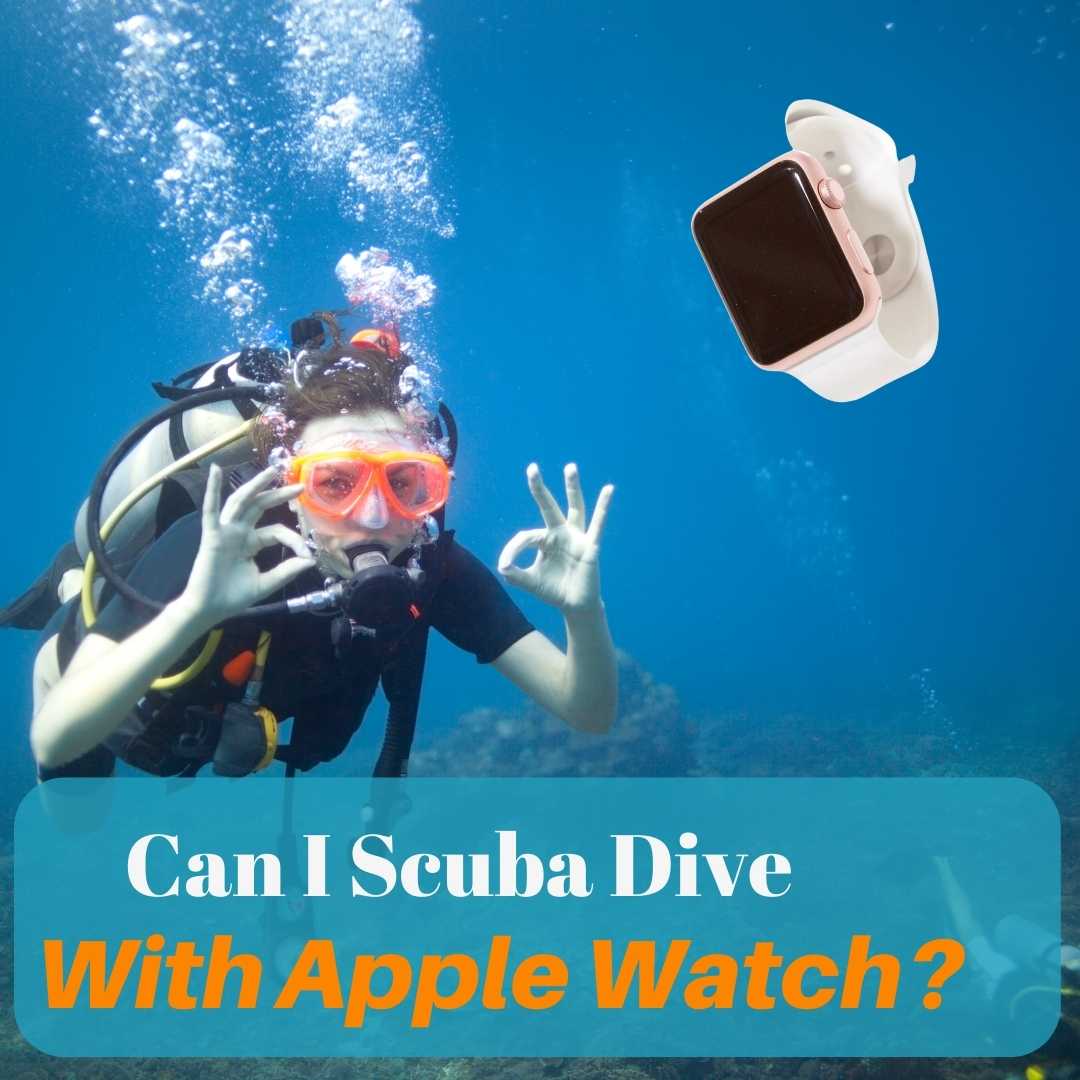The image of scuba divers rolling backward off the side of a boat into the ocean is iconic, and this method of entry, known as the back roll, is practical and widely used. The backward dive serves a purpose that is crucial to both diver safety and the protection of the equipment. When entering the water from a small boat, a forward dive could cause the diver to collide with the boat, potentially resulting in injury and damage to equipment. Therefore, falling backwards is a strategic move; it ensures the diver’s gear remains secure and makes the transition into the water smoother.

Beyond safety, the backward fall helps maintain the stability of the boat, preventing it from tipping over due to weighted movements. This technique is particularly beneficial when the boat is small or crowded. In addition, the back roll entry minimizes the potential impact on a diver’s body, a consideration to reduce the strain on joints and muscles. There are various water entry techniques in scuba diving, each suited to different circumstances, but the backward entry remains a fundamental skill due to its adaptability and overall effectiveness.
Table of Contents
Key Takeaways
- Scuba divers commonly use the back roll entry for safety and equipment protection.
- The backward entry technique also prevents boats from becoming unbalanced during the dive.
- Other diving entries exist, but the back roll is optimized for small boat stability and diver safety.
The Basics of Scuba Diving

Scuba diving offers an immersive experience into the underwater world, requiring the correct gear and adherence to specific diving protocols for safe and enjoyable dives.
Understanding Scuba Diving Equipment
Scuba diving equipment is essential to explore aquatic environments safely. It typically includes:
- Diving Mask: Creates an air space to enable clear vision underwater.
- Snorkel: A tube to breathe when at the surface.
- Scuba Tank: Contains compressed air for underwater breathing.
- Regulator: Reduces the tank’s high pressure air to ambient pressure and delivers it to the diver when they inhale.
- Buoyancy Control Device (BCD): Allows divers to finely adjust their buoyancy in the water.
- Fins: Provide efficient propulsion through the water.
- Dive Computer: Monitors depth, bottom time, and ascent rate to help manage nitrogen absorption.
- Wetsuit/Drysuit: Insulates against the cold temperatures found beneath the surface.
Read Next: Can You Scuba Dive Without a Wetsuit?
Diving Procedures and Techniques
Scuba diving involves a standardized set of procedures and techniques to ensure safety below the surface. These include:
- Pre-Dive Safety Check: Often referred to by the acronym BWRAF, which stands for Buoyancy, Weights, Releases, Air, and Final OK.
- Descending: A controlled process assisted by the BCD and possibly a descent line.
- Equalization: The act of equalizing pressure in air spaces such as ears and mask to prevent discomfort.
- Navigation: Using natural references or a compass to maintain orientation.
- Communication: Hand signals are utilized to convey messages between dive buddies.
- Ascending: Requires a slow and controlled rise to the surface to prevent decompression sickness.
Reasons for Backward Entry

The backward entry technique is a fundamental aspect of scuba diving that addresses specific challenges divers face when entering the water from a boat.
Safety and Practicality
Scuba divers execute a backward fall off boats for safety and practical reasons. It prevents them from standing and walking with heavy gear, which can be cumbersome and dangerous on a slippery deck. This method also ensures that the diver enters the water as a compact unit, reducing the risk of injury from hitting the boat and aiding in maintaining group cohesion when entering the water as a team.
- Safety: Prevents slipping or tripping on deck.
- Practicality: Easier to enter water in heavy gear.
Surface Conditions and Gear Protection
Adverse surface conditions often necessitate a controlled and rapid water entry. Backward entry allows divers to avoid waves and strong winds that could complicate a forward or standing jump. Protecting the gear is another crucial reason; falling backward safeguards sensitive equipment such as regulators and masks from being dislodged or damaged upon impact with the water.
- Surface Conditions: Helps avoid choppy surface waves.
- Gear Protection: Prevents equipment damage during entry.
Types of Water Entries in Scuba Diving

Scuba divers employ various entry methods depending on their location—boat or shore—and conditions. These techniques are critical for safety and ease of descent into the water.
Boat Entry Methods
- Backward Roll Entry: A diver sits on the edge of a boat, rolls backward, and enters the water tank-first. This method is practical when space is limited.
- Giant Stride Entry: From the dive platform, the diver takes a large step forward into the water. It’s suitable for larger boats or platforms.
Shore Entry Techniques
- Wade Entry: Divers walk into the water from a beach or shoreline until deep enough to swim.
- Seated Entry: Divers sit on the shore or a dock, put on their fins, and then push off into the water.
Frequently Asked Questions
In this section, scuba diving enthusiasts will find accurate answers to commonly asked questions about practices and safety measures in the sport.
What is the purpose of scuba divers performing a backward roll off the boat?
The backward roll entry is a technique used by scuba divers to enter the water from a boat effectively without damaging equipment or unbalancing the vessel. It allows divers to keep their gear aligned and avoid injury.
How can divers avoid damaging their lungs during descent?
Divers can prevent lung overexpansion injuries by breathing continuously and never holding their breath during descent. This practice ensures that the pressure inside the lungs equalizes with the increasing water pressure.
What are the procedures for safely removing a regulator from a scuba cylinder?
When removing a regulator from a scuba cylinder, divers must first turn off the cylinder valve, release all the air from the regulator by pressing the purge button, and then unscrew the regulator yoke or DIN fitting.
What is the golden rule of scuba diving that every diver should adhere to?
The golden rule of scuba diving is to always plan the dive and dive the plan. This includes staying within one’s training and experience levels, adhering to dive tables or computer guidelines, and remaining with a buddy.
How do divers deal with pressure changes to prevent barotrauma?
Divers prevent barotrauma by equalizing the pressure in air-containing spaces, such as ears and sinuses, to the surrounding water pressure. Techniques include the Valsalva maneuver or simply swallowing.
Why is it important for scuba divers to spit in their masks before a dive?
Scuba divers spit in their masks before a dive to prevent the lenses from fogging. Saliva acts as a surfactant, temporarily preventing mist formation and maintaining clear vision underwater.




